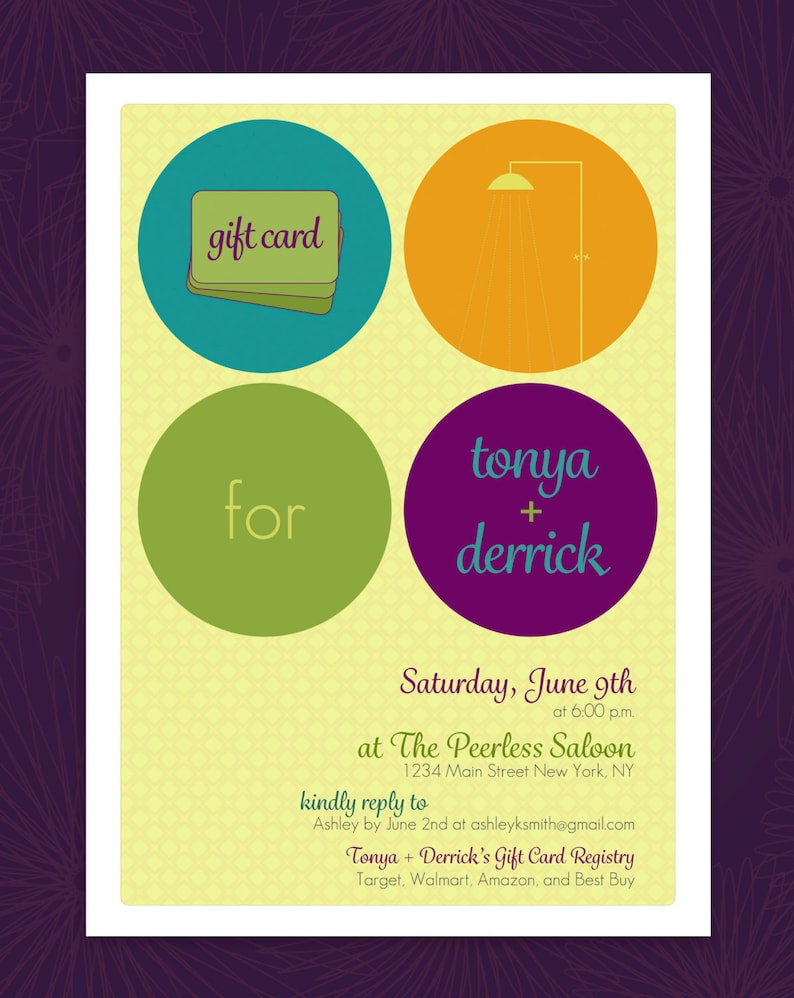Although they might appear comparable, etching and etching differ in their methods and outcomes. Understanding these procedures is important for any kind of firm seeking to personalize glass products.
Laser engraving usages focused heat to melt the micro surface of your material, producing recessed markings that stand up to damages and can be reviewed under extreme conditions. It's perfect for things that need to be traceable, like industrial components.
Appearances
Etching and engraving both create durable, tactile designs that stand apart on the glass surface. They are optimal for jobs that need an improved, sophisticated look.
Laser etching can be made use of to inscribe glass, yet it calls for a safety layer or guard to stop warmth damages to the glass. A specialized spray or coating is available for this purpose and can be applied to slim glass to reduce cracking or damage throughout the inscribing procedure.
It's additionally feasible to engrave glass by hand making use of a rotary tool. This strategy is taxing and labor-intensive, yet it can create premium results when carried out properly. Be sure to wear safety gear like safety glasses and a respirator mask to shield on your own from dirt and particles. You can begin by drawing your design on the glass with a marker, then put the rotary tool and gradually follow your layout to engrave it into the glass. After the engraving is complete, gently get rid of any kind of continuing to be dirt or residue.
Flexibility
The engraving process supplies a variety of applications for glass items. It is very flexible and can be utilized on different materials and densities of glass. It is additionally extremely accurate and produces detailed, high-contrast layouts on the glass surface area. It can be utilized on both flat and curved surface areas.
Glass inscription is a prominent option for glass products like bottle, building dividers, and medical spa design. It produces a soft and refined style that is not as visible as etching, making it an outstanding option for ambient appearances.
To lower warm tension on thin glass, use a protective material like covering up tape or a damp paper towel to the surface before laser inscription. This takes in and disperses laser power to minimize localized heating and protect against splitting. Additionally, coating the glass with a light cleaning agent or dishwashing soap can also be an effective pre-coating. Simply keep in mind to cover just the laser-contacting face of the glass with these moisture-absorbing pre-treatments.
Longevity
Laser glass engraving creates deep, irreversible markings that are durable and aesthetically striking. It's perfect for imaginative or light industrial purposes that call for a refined look. Inscription requires specific and regulated handling of the glass to prevent warmth damage and cracking. Slim or fragile glass can be much more prone to the high-contrast results of laser engraving, making it essential to keep an eye on the process very closely for signs of getting too hot and breaking.
Etching uses a diamond-tipped tool to cut into the surface area of the glass, producing a textured mark that's much less visually striking than laser etching. It's a typical choice for applications where a frozen impact is preferred, such as attractive glass windows and tailored gifts. Like laser inscription, etching is extremely exact and optimal for logo designs and other detailed images. Evergreen Glass uses advanced laser equipment adjusted for optimal efficiency to attain etching and etching with exceptional accuracy. For included comfort, our machines include integrated security attributes that make sure safe operation.
Price
Glass etching includes making use of chemical services to develop a design. While this method is not as specific and effective as laser etching, it is still a superb choice for artisanal glasswork, which can be a wonderful way to boost a special engraved glass in modern art event present or commemorative item.
For the very best results, it is very important to test an example piece of glass before using any etching creams. Various types of glass might respond differently to the chemicals. Some will certainly engrave very swiftly while others might take much longer. In many cases, a piece of glass may also fail to engrave in all!
Laser engraving includes making use of a computer-guided system, commonly referred to as a CNC (Computer System Numerical Control) machine, to guide a concentrated laser beam at the surface of the glass. This procedure calls for a high-level of technical ability and creative thinking. It is an effective method to inscribe intricate patterns on large-scale jobs with high degrees of precision.
